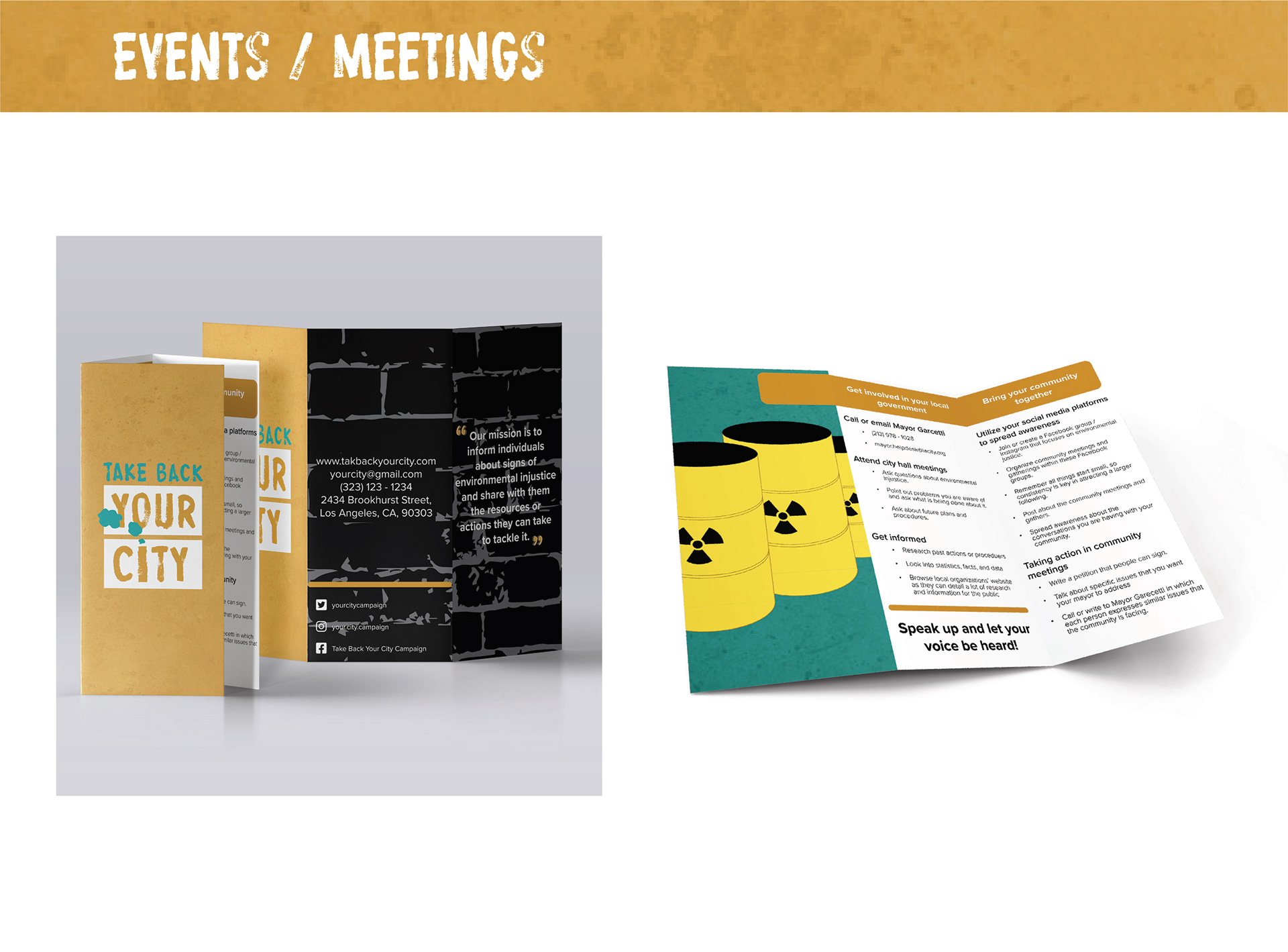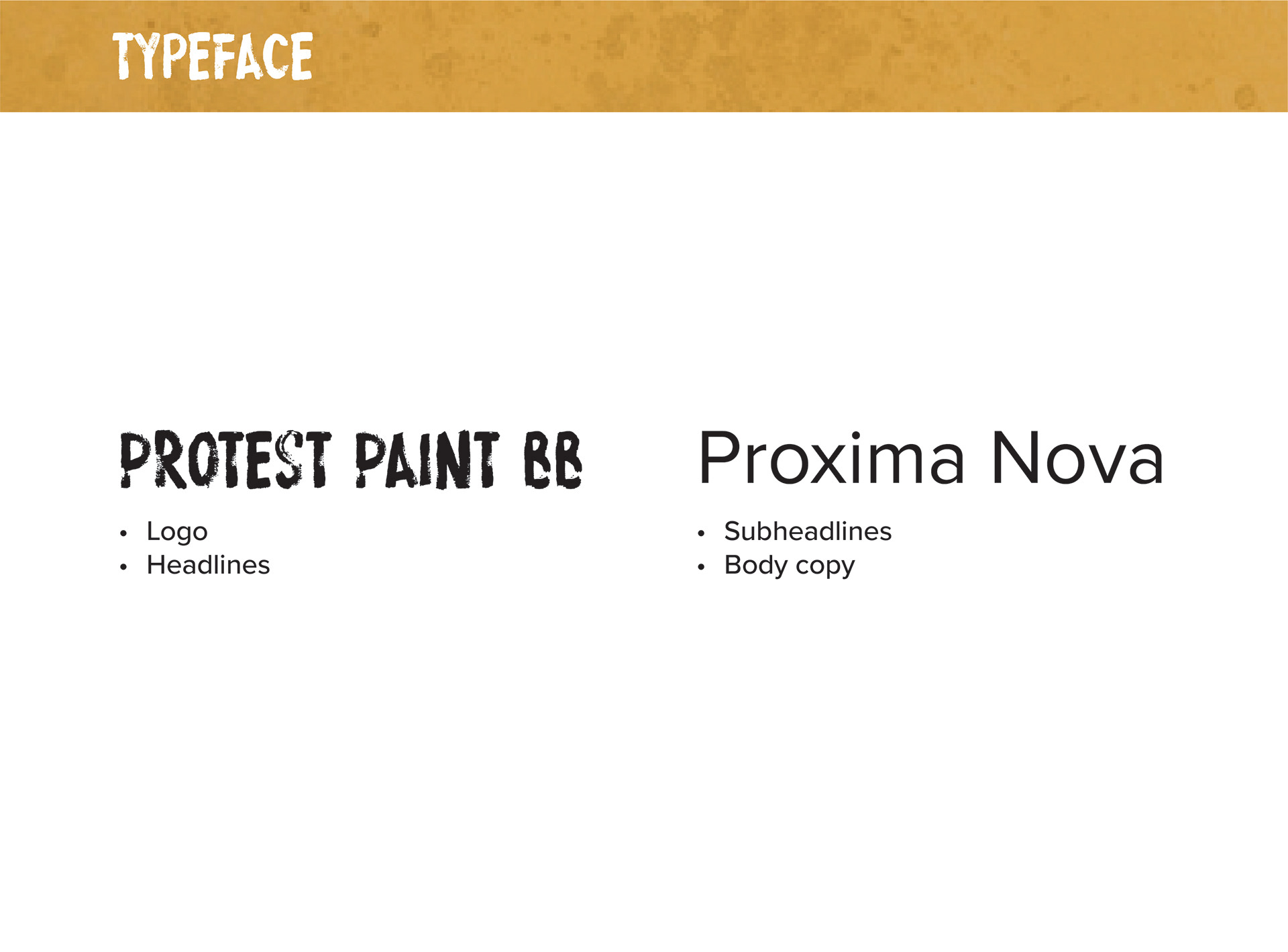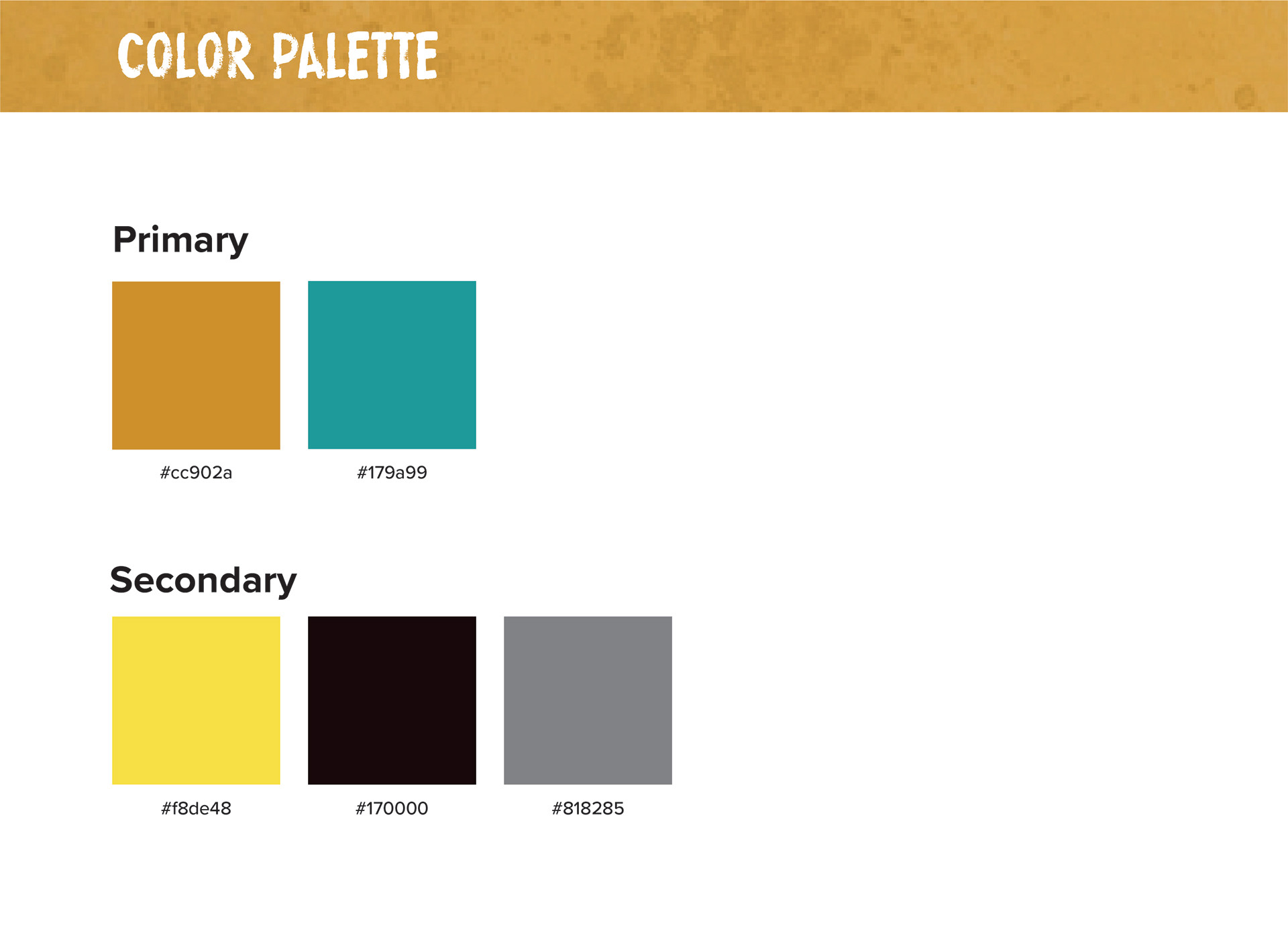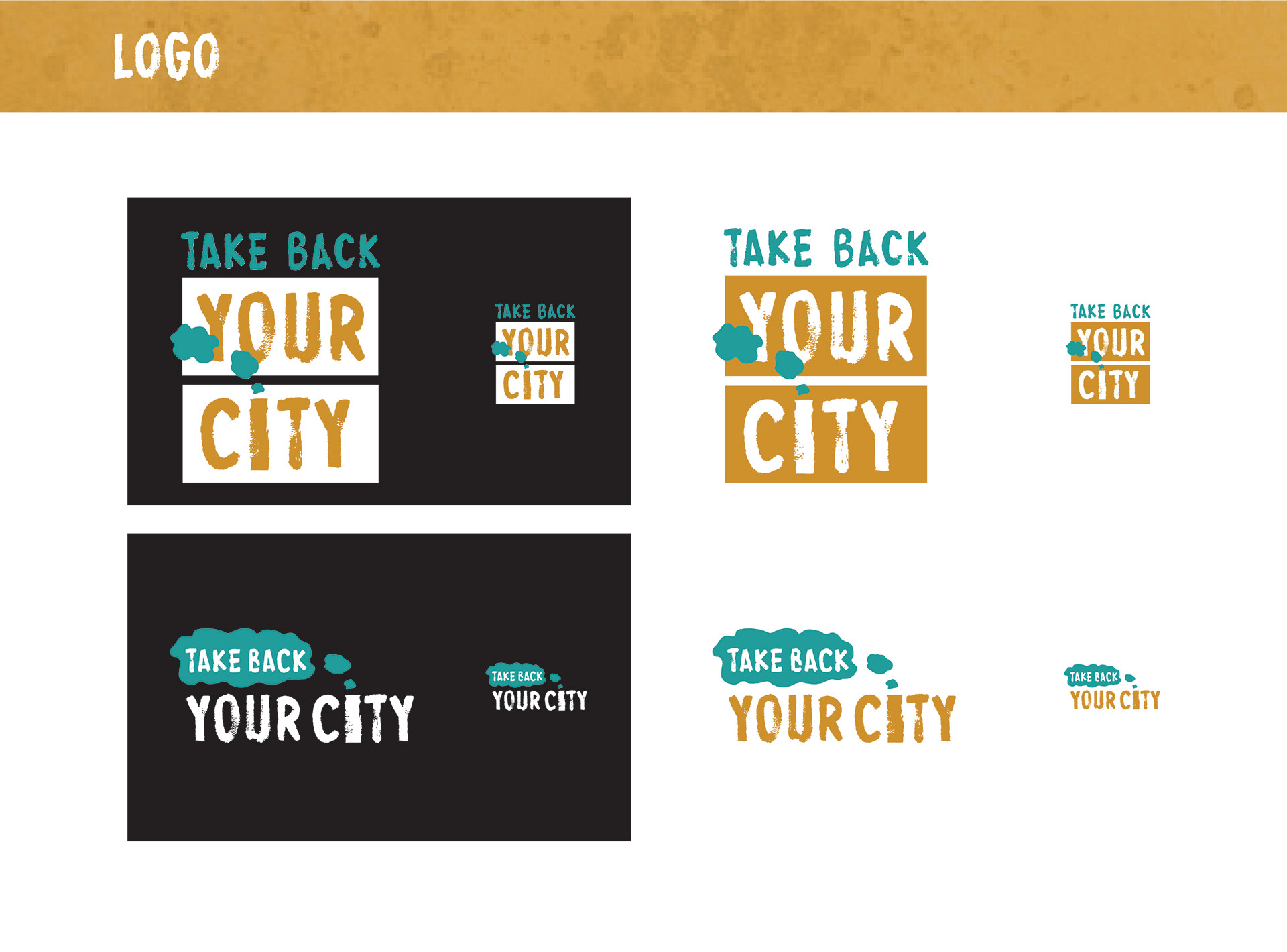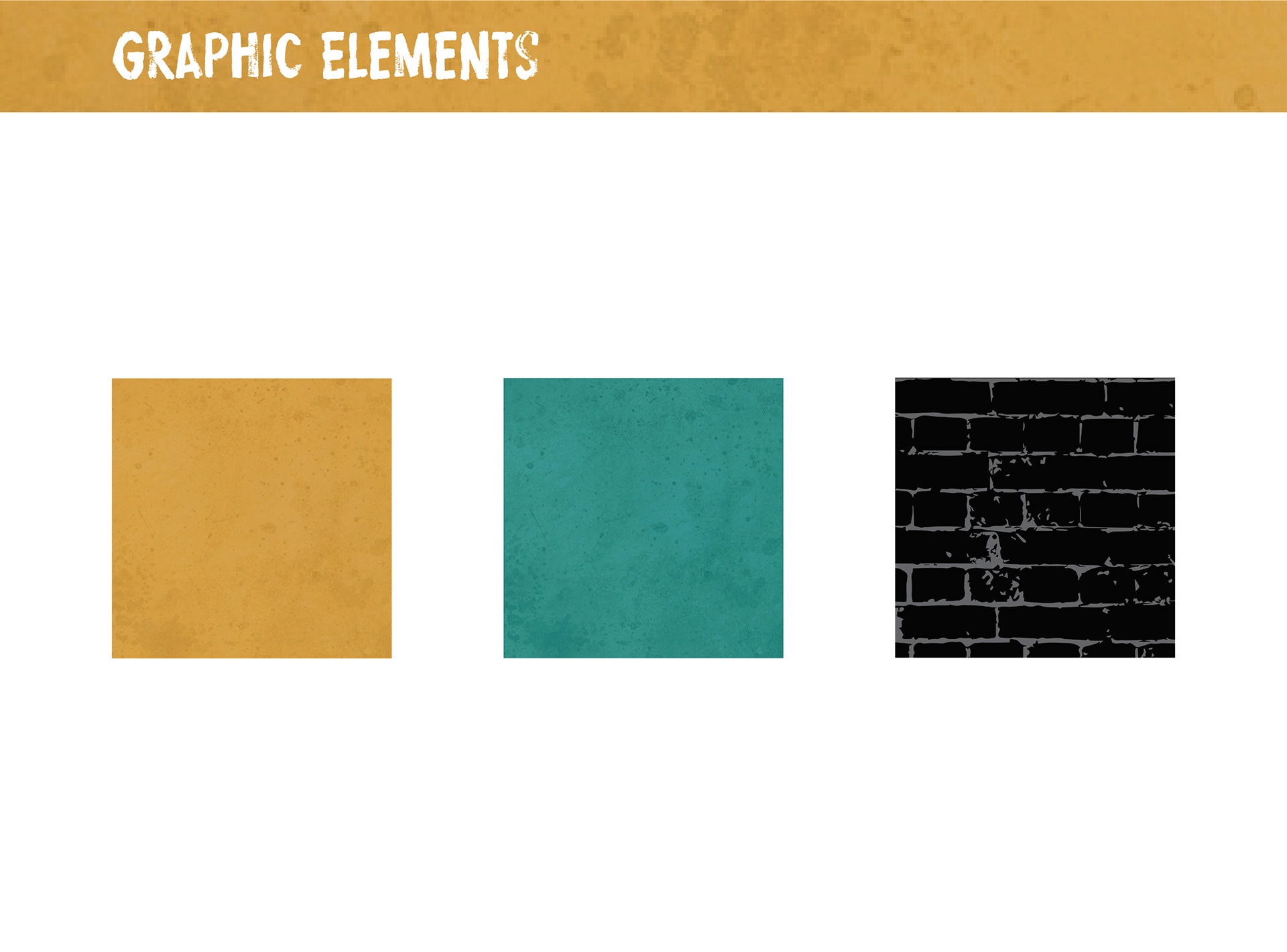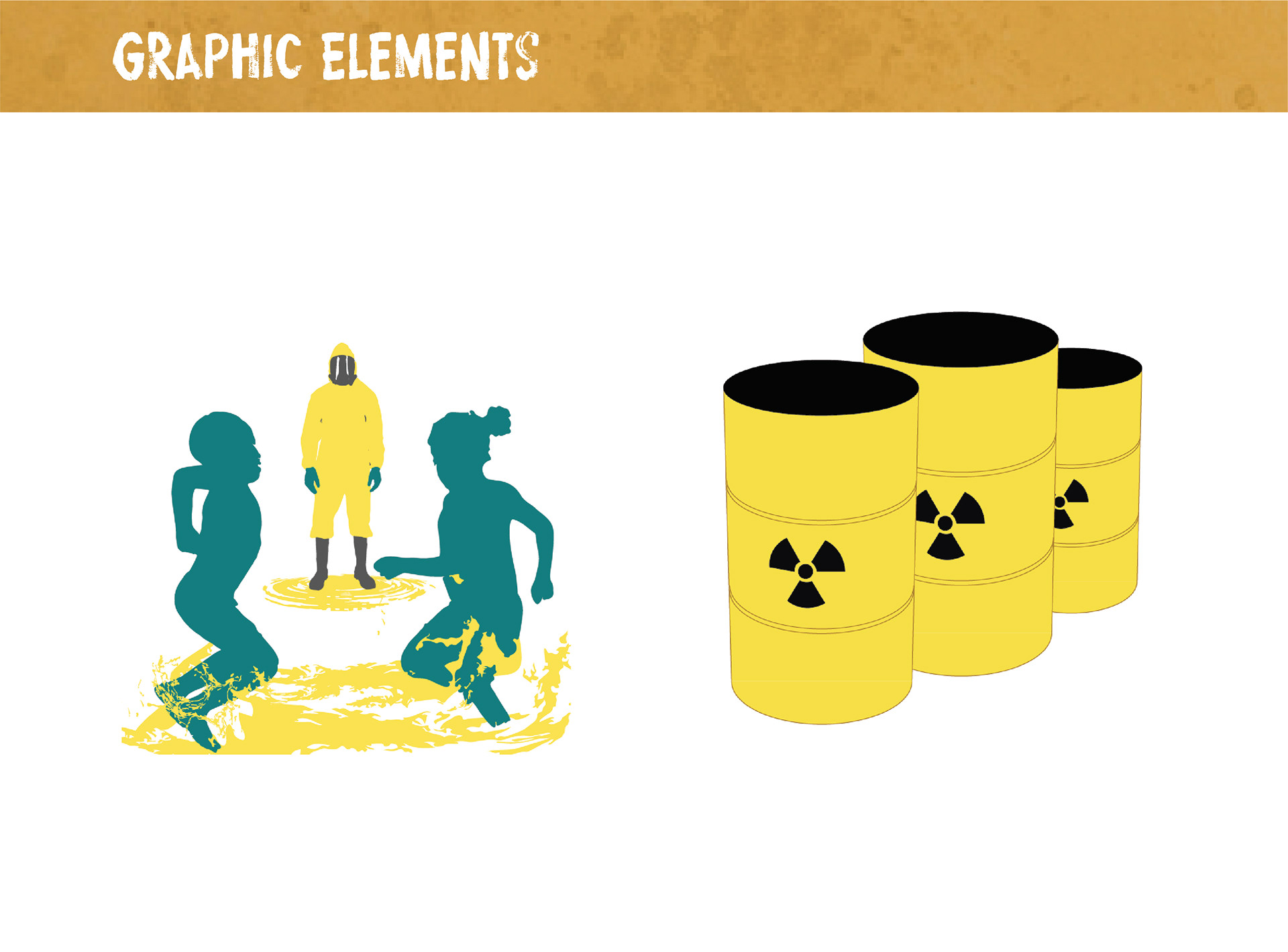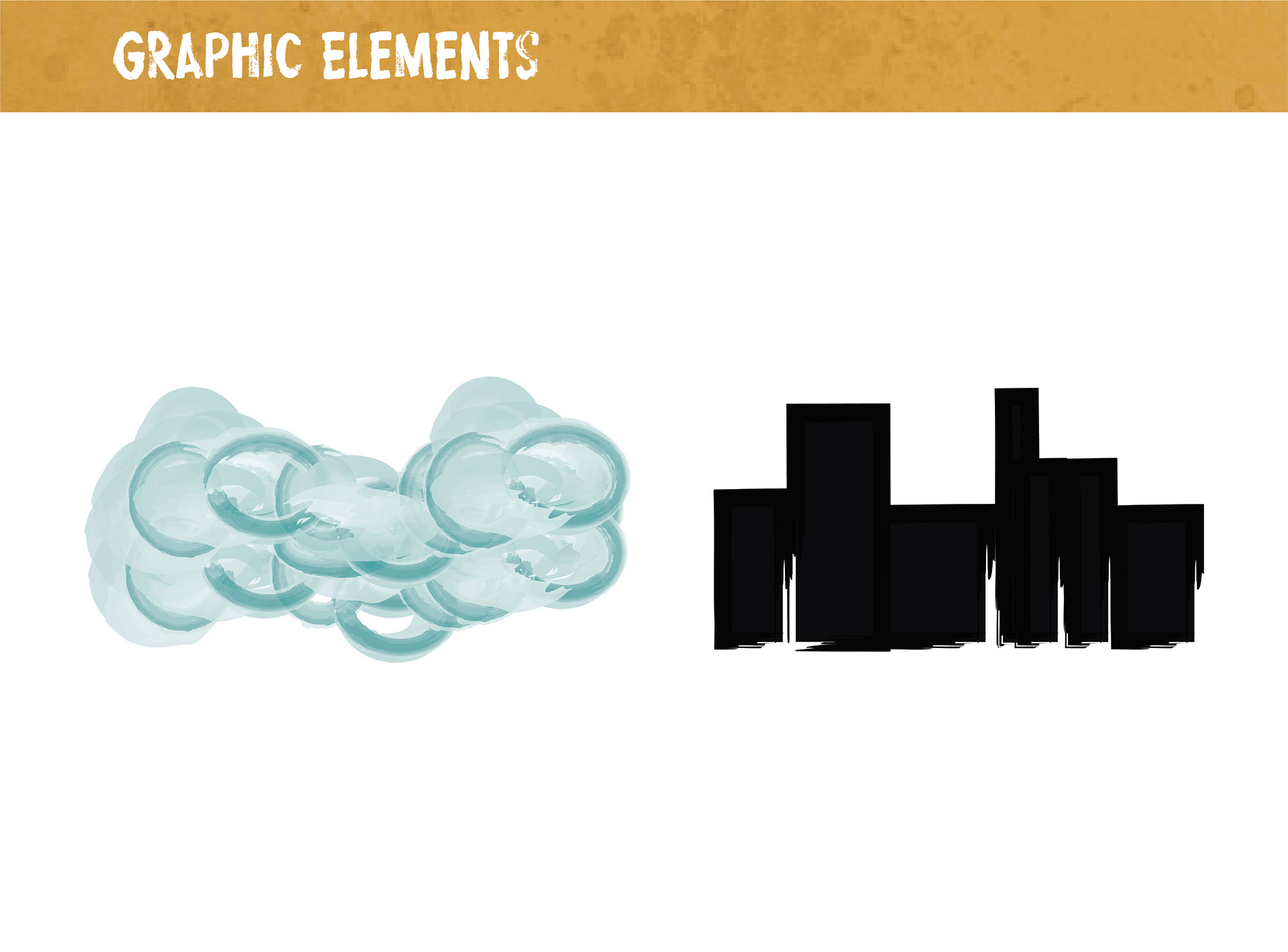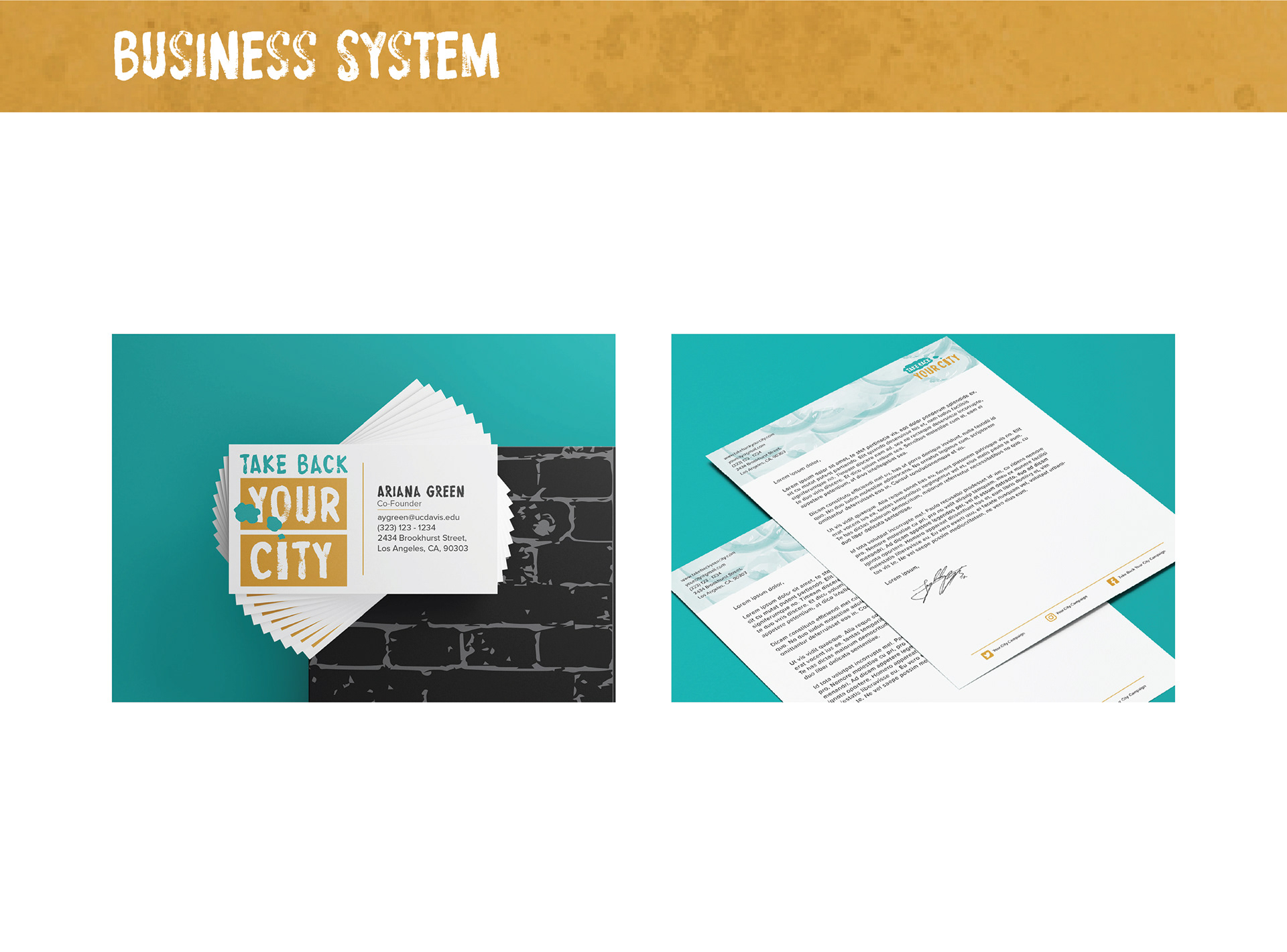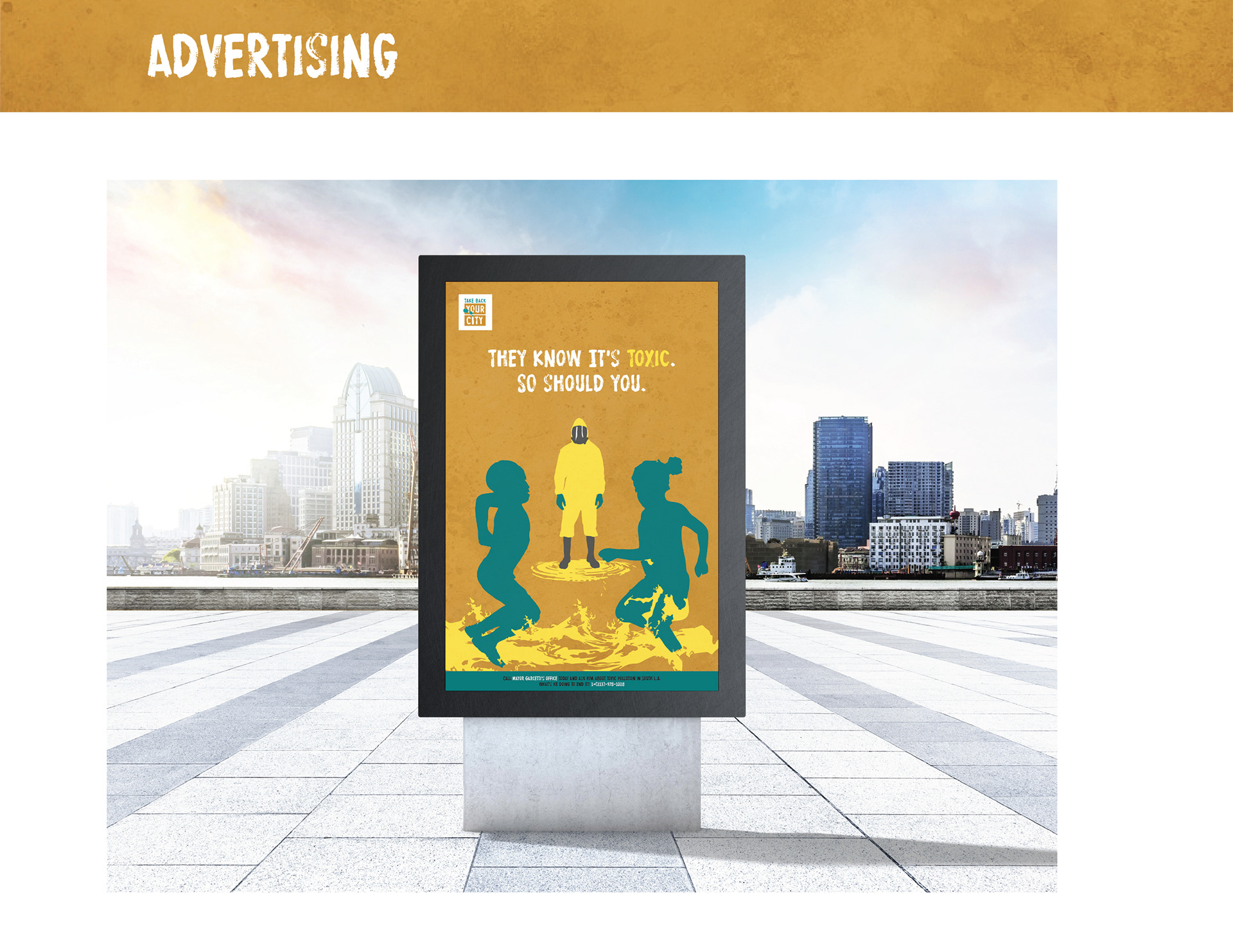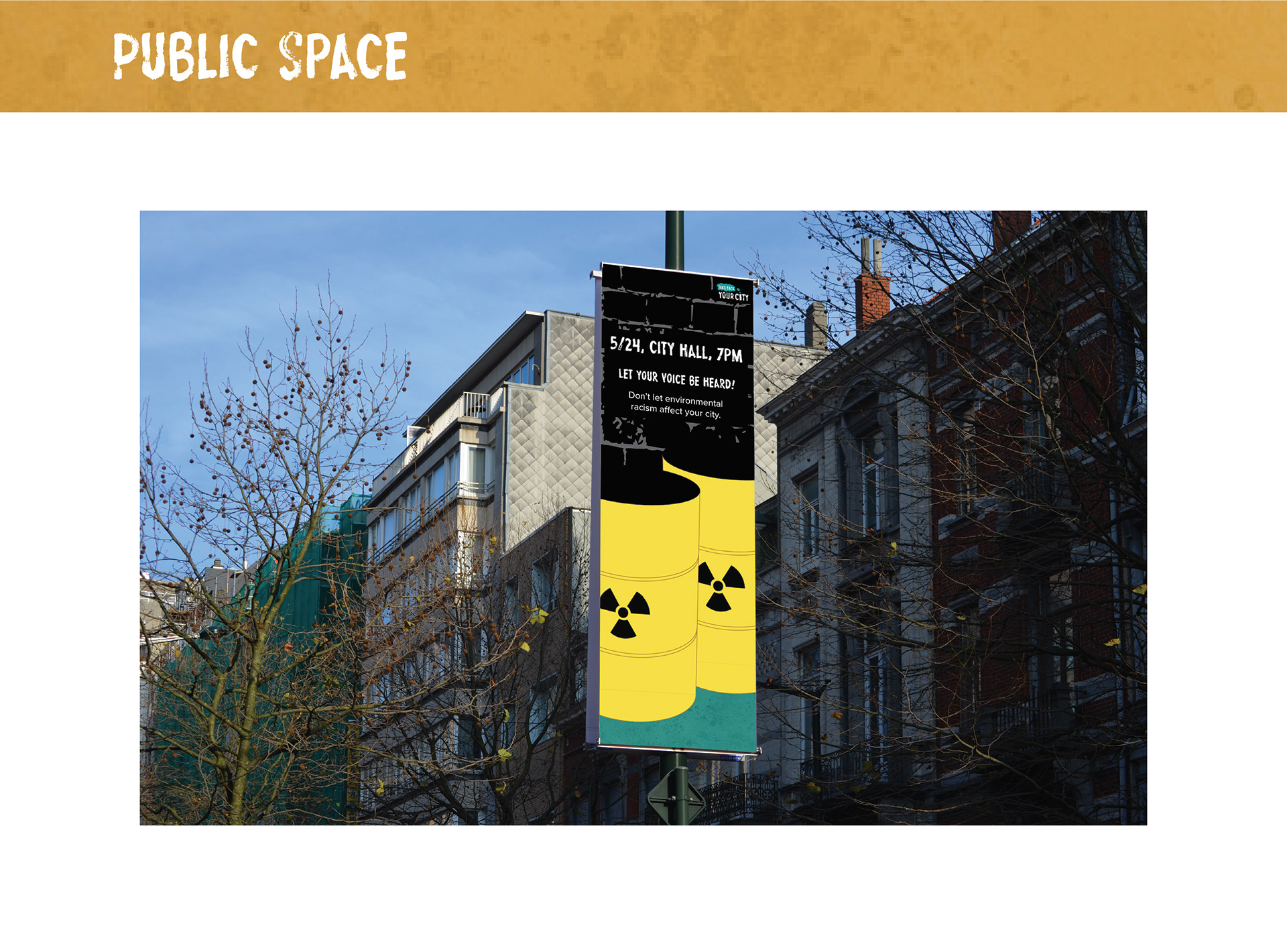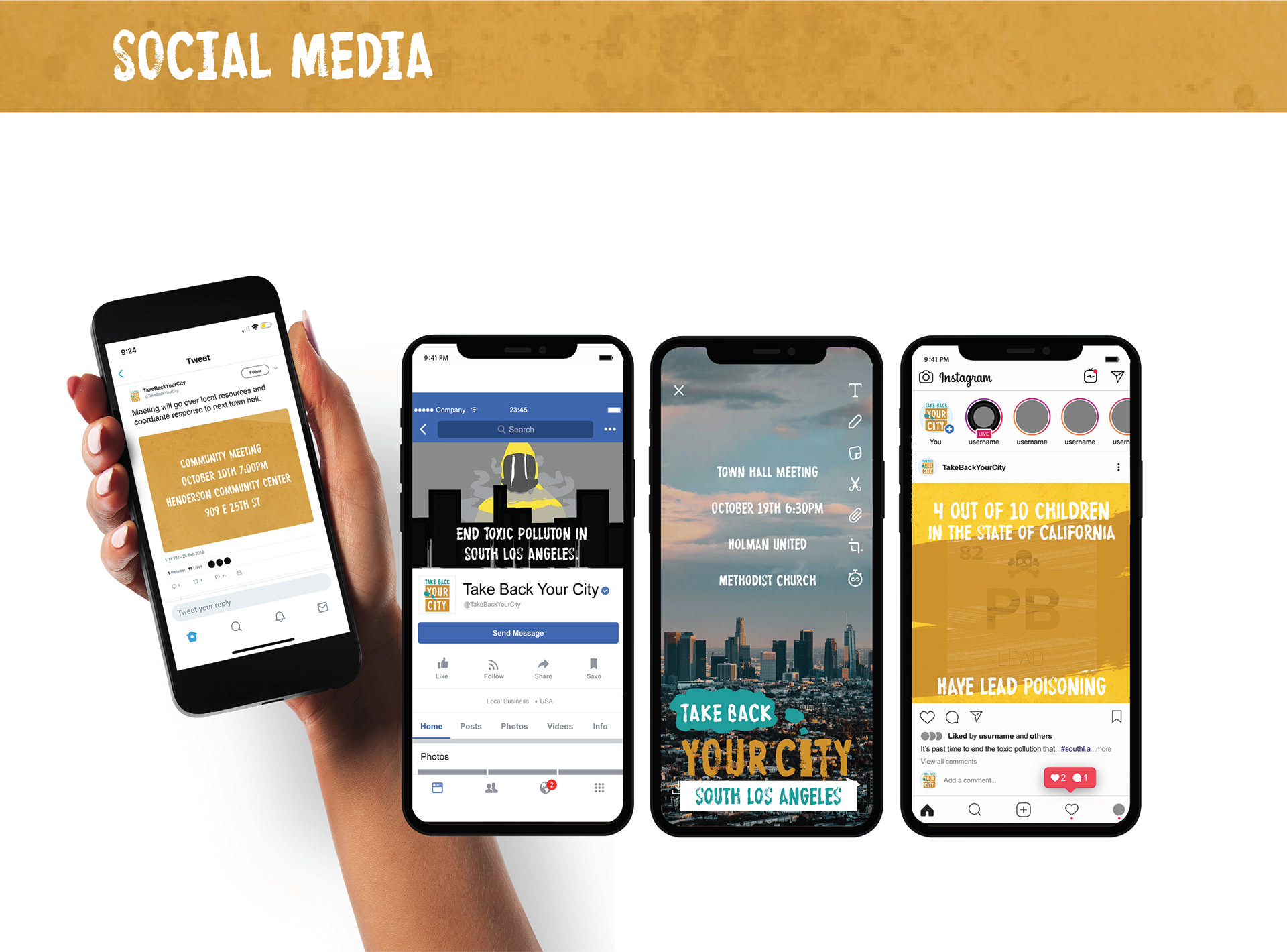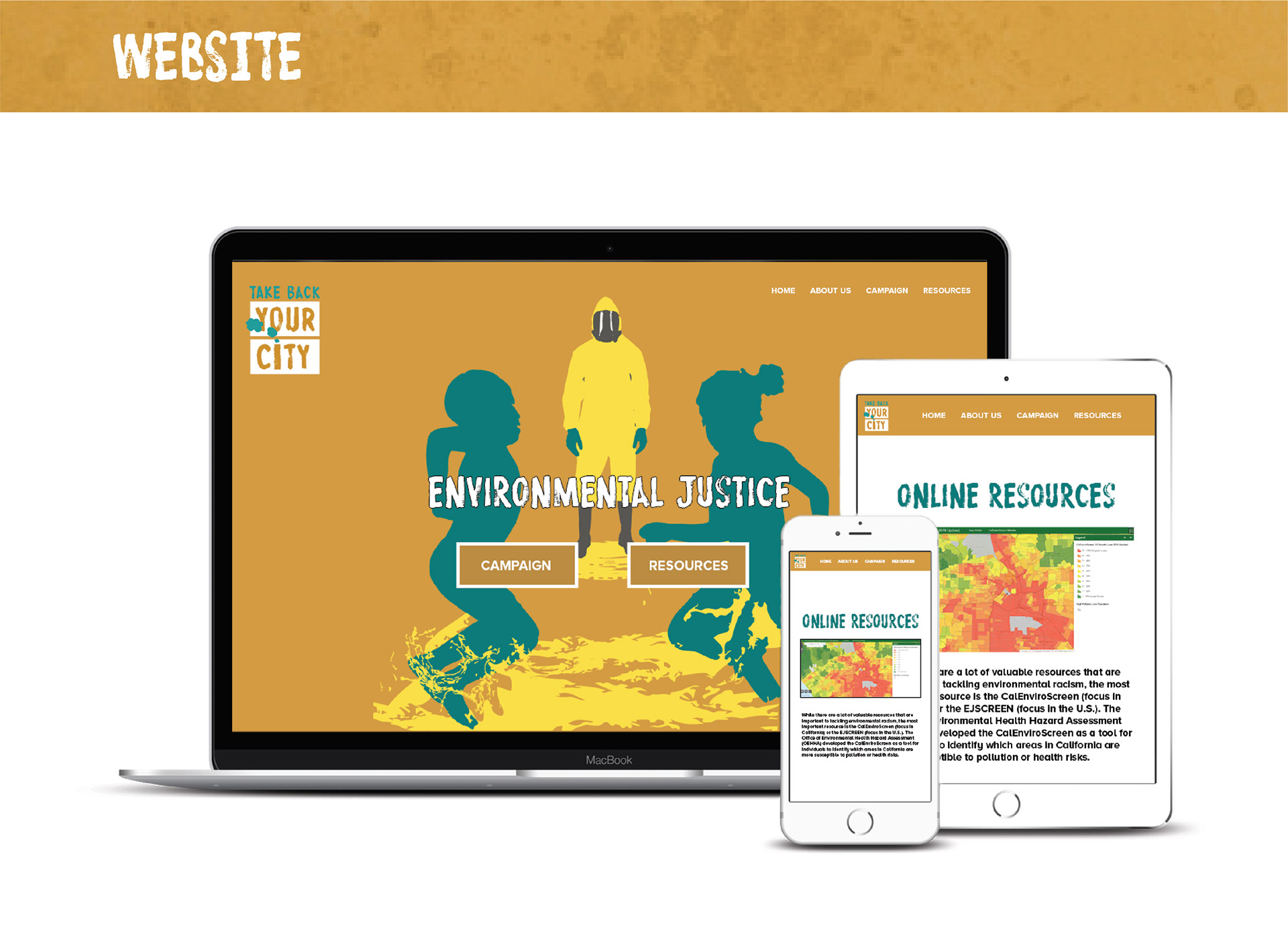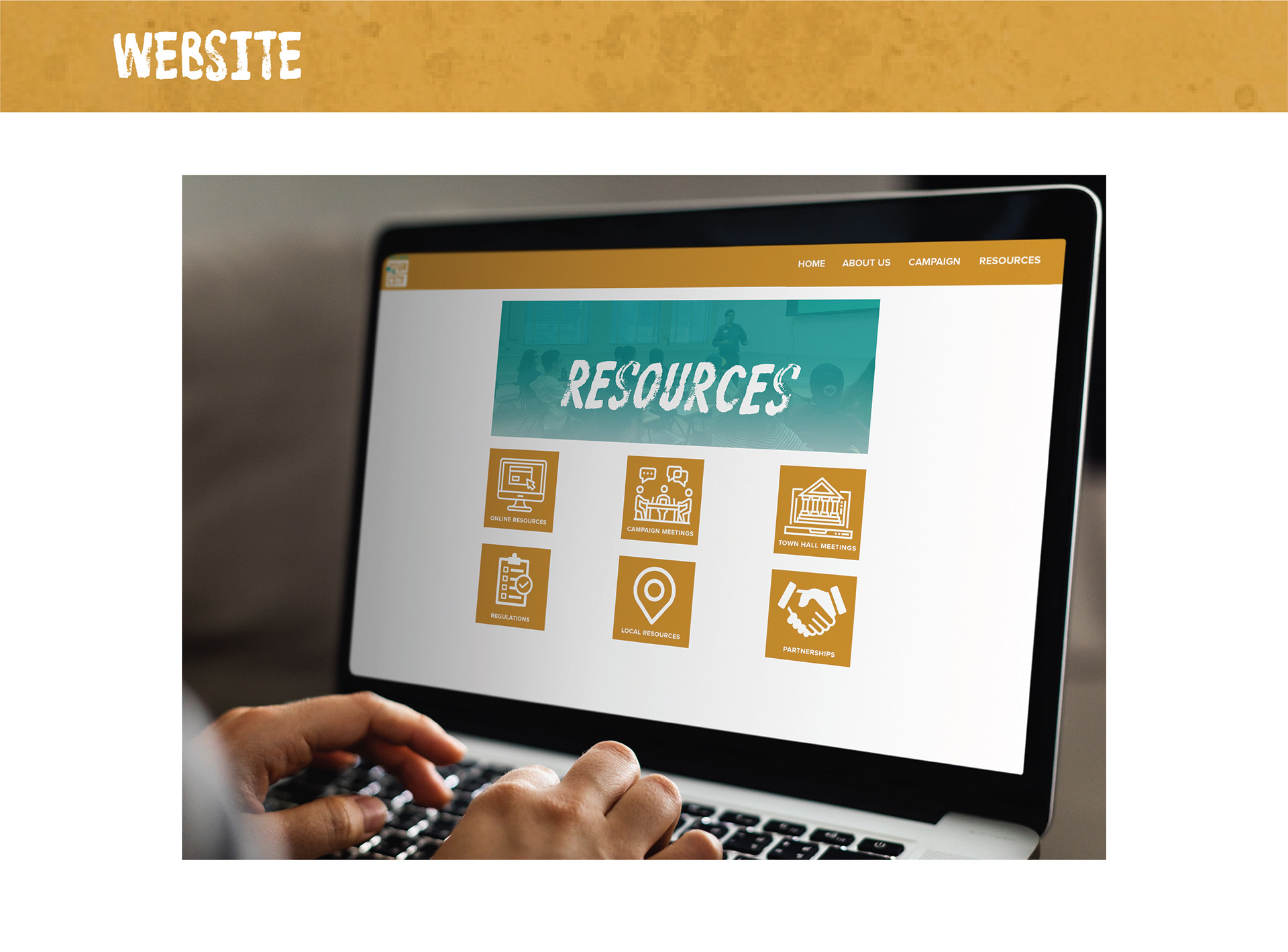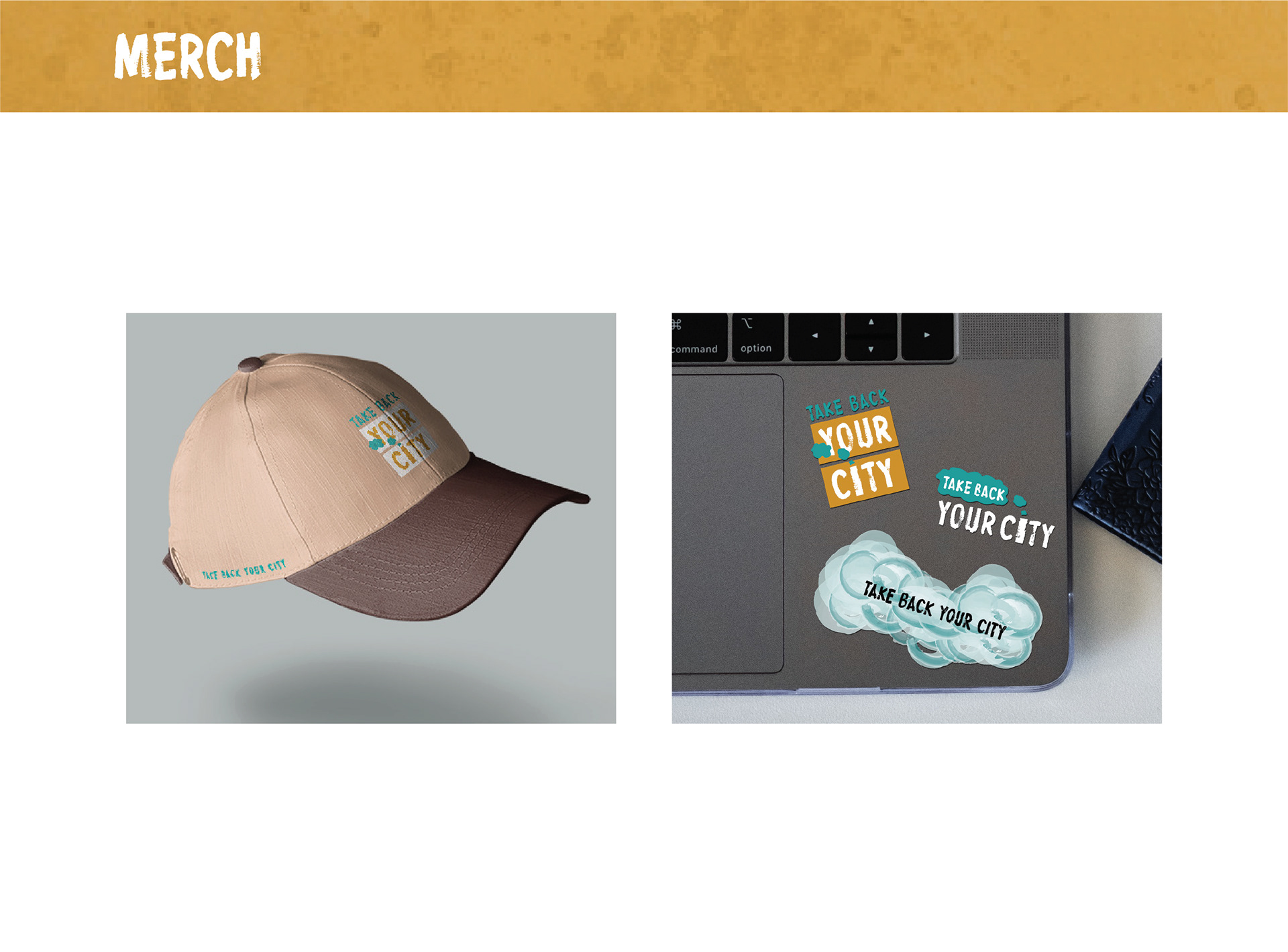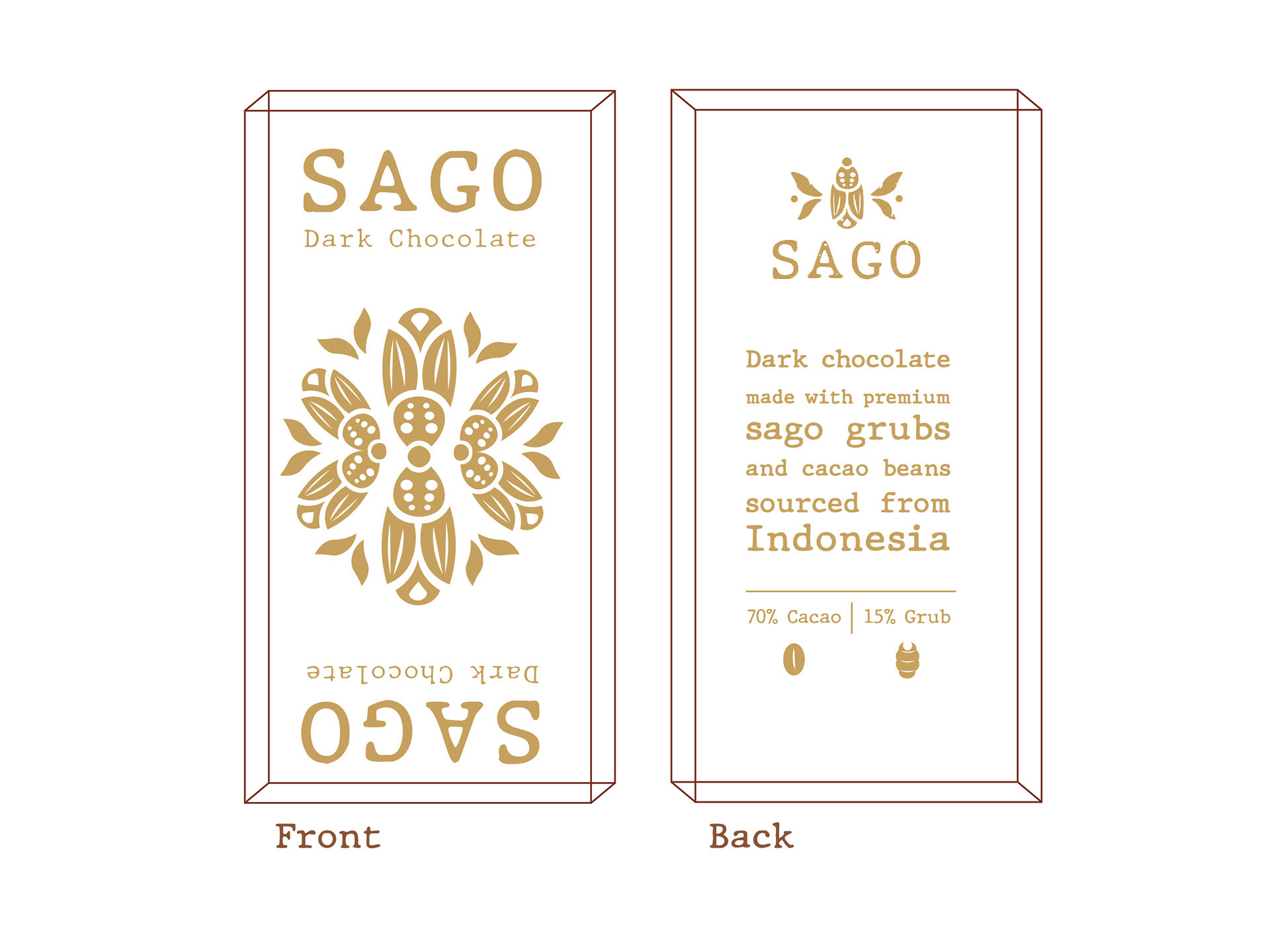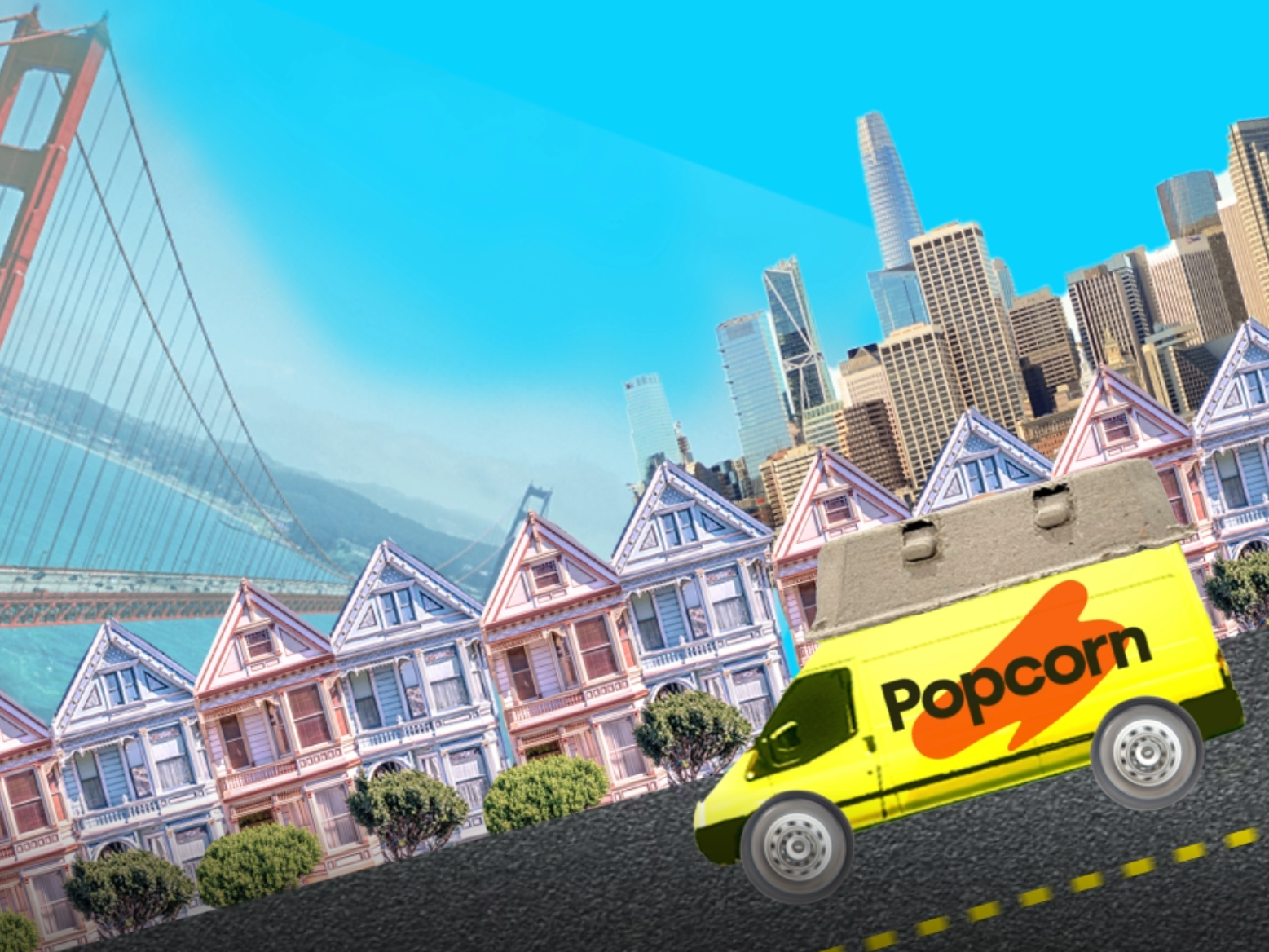Purpose
This project was made for a capstone design course on social awareness campaigns at the the University of California, Davis. My contribution to the project was our main illustration the logo designs, the app mockups, poster designs, and co-designing the overall style
Challenge
Environmental racism is an injustice that many communities of color and low-income communities face. However, it is a social issue that is not widely known.
Audience
The primary audience is individuals directly affected by environmental racism. This includes both men and women, ages 18-40, that specifically reside in the Los Angeles area. The secondary audience is financially stable and would be able to contribute to the campaign. This includes both men and women, ages 18-40, with an annual income ranging from 43k-70k. Lastly, the tertiary audience is politicians who can facilitate regulations to further tackle and dismantle environmental racism.
Role
Brand Design, Illustration, and Strategy
Team
3 Designers
Date
2020
Tools
Illustrator, Photoshop, InDesign
Solution
The mission is to inform individuals about signs of environmental injustice and share with them the resources or actions they can take to tackle it. The best way to reach a large audience is with a social campaign that produces informational materials and organizes the communities effected.
Campaign Proposal
The campaign is called Take Back Your City. The campaign seeks to assemble the Los Angeles community to lobby their local politicians to institute meaningful change.
The campaign will consist of in person meetings and gathering. To attract people to our meetings, we will have a strong presence of social media. Whether that's Facebook, Instagram, Twitter or Snapchat. For further publicity, we will have a range of outdoor advertisements.
Our community meeting will be split in two parts. Part one is dedicated to an informational workshop in which we will provide brochures to raise awareness on the different ways people can get involved with their local government. As well as, how they can be an active participant outside of meetings. Part two gives people a platform to talk and have a conversation about the environmental injustice they are experiencing. City hall meetings are utilized for people to talk directly to the city government. Our campaign will help ask questions and provoke conversation regarding all forms of environmental injustice.
